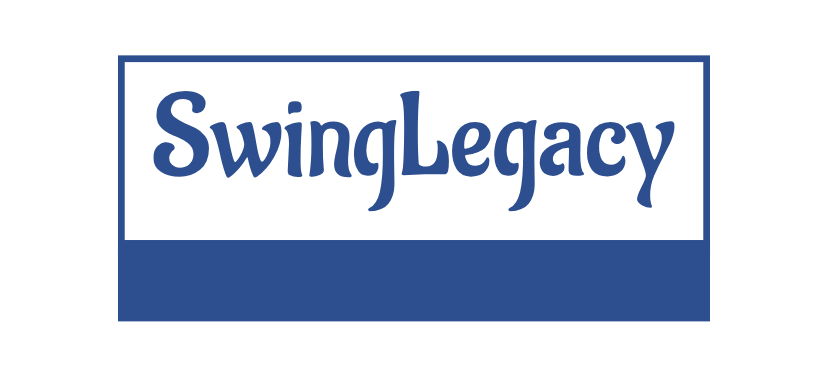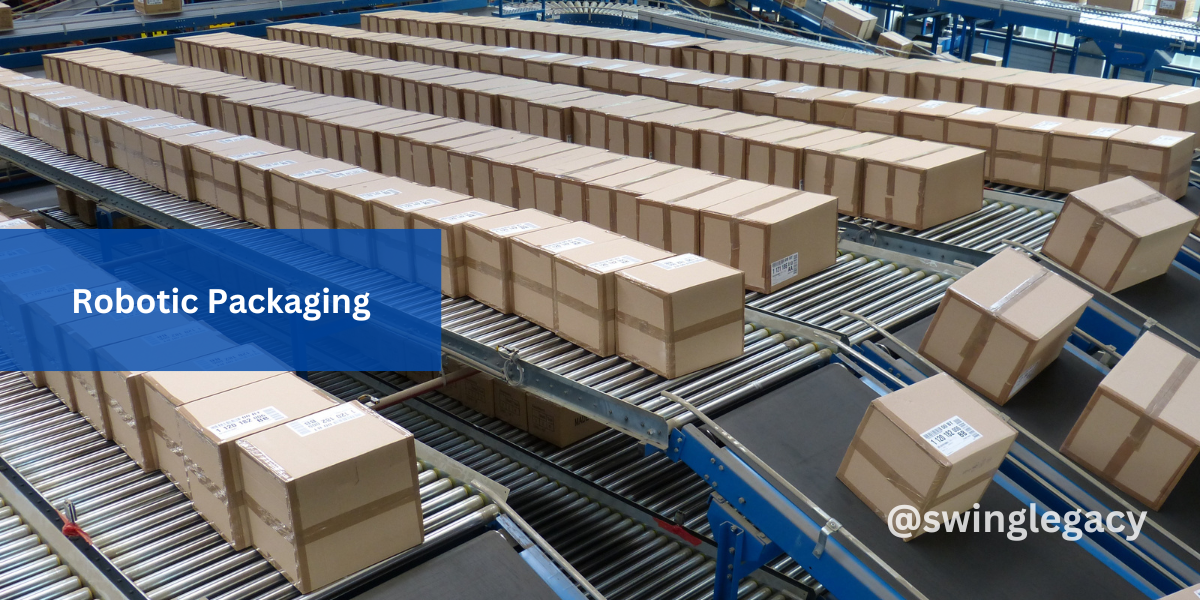Robotic packaging is at the forefront of the industrial automation revolution, offering innovative solutions that enhance productivity, accuracy, and efficiency. This article delves into the concept of robotic packaging, exploring its benefits, operational mechanisms, and real-world applications across various industries.
What is Robotic Packaging?
Robotic packaging involves the use of automated robots to perform packaging tasks traditionally carried out by human workers. These tasks range from picking and placing products to filling, sealing, and palletizing. By integrating robotics into packaging processes, businesses can achieve greater precision, speed, and consistency.
Benefits of Robotic Packaging
The implementation of robotic packaging systems offers numerous advantages:
- Increased Productivity: Robots can work continuously without breaks, significantly boosting production rates and throughput.
- Cost Efficiency: Automation reduces labor costs and minimizes errors, leading to substantial savings in operational expenses.
- Precision and Consistency: Robotic systems ensure uniformity and accuracy in packaging, reducing the likelihood of defects and enhancing product quality.
- Flexibility: Robots can be easily reprogrammed to handle different products and packaging formats, providing versatility to adapt to changing needs.
- Improved Safety: Robots take on hazardous tasks, reducing the risk of workplace injuries and ensuring a safer working environment.
- Scalability: Robotic packaging systems can be scaled up or down to meet varying production demands, making them suitable for businesses of all sizes.
How Robotic Packaging Works
Robotic packaging systems operate through a combination of advanced technologies and processes:
- Robotic Arms: These are the core components of robotic packaging systems, designed to mimic human arm movements. Equipped with various end-effectors such as grippers and suction cups, they handle different packaging tasks with high precision.
- Artificial Intelligence (AI): AI algorithms analyze data and optimize the packaging process, making real-time adjustments to enhance performance and decision-making.
- Machine Vision: Vision systems enable robots to identify, locate, and inspect products, ensuring accurate placement and quality control.
- Programmable Logic Controllers (PLCs): PLCs coordinate the operations of the robotic system, ensuring seamless and synchronized performance.
- Integration with Other Systems: Robotic packaging systems often integrate with other manufacturing and logistics systems such as ERP and WMS, facilitating smooth and efficient operations.
Real-World Applications
Robotic packaging has been successfully implemented in various industries, showcasing its versatility and effectiveness:
- Food and Beverage: A leading food manufacturer implemented robotic arms to automate the packaging of snack products. This led to a significant increase in production efficiency and a reduction in labor costs.
- Pharmaceuticals: A pharmaceutical company adopted robotic packaging systems to ensure precise filling and labeling of medication bottles, enhancing compliance with stringent regulatory standards.
- E-commerce: An e-commerce giant integrated robotic systems to streamline order fulfillment and packaging, improving delivery times and customer satisfaction.
Conclusion
Robotic packaging is transforming the packaging industry by offering substantial benefits in terms of efficiency, cost savings, and product quality. By embracing advanced robotics technology, businesses can optimize their packaging processes and stay competitive in a rapidly evolving market. As the demand for faster and more reliable packaging solutions continues to grow, robotic packaging will play a crucial role in driving industrial innovation and success.

